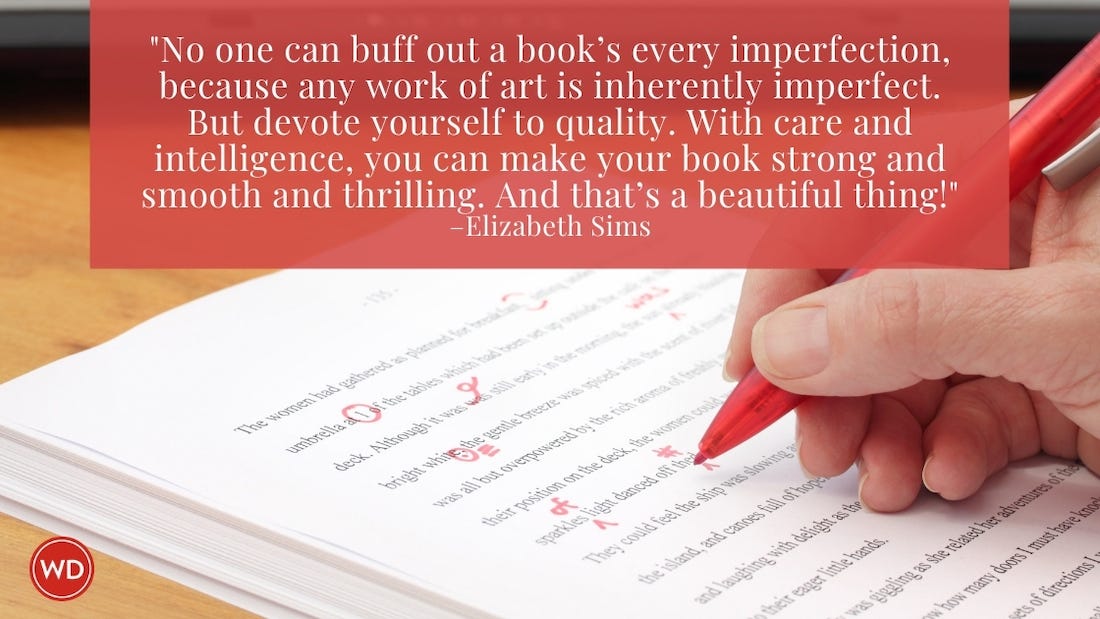The Myth of the Perfect First Draft
Extended Short Story Writing Workshop In the mid-1970s, twenty-five-year-old wunderkind Ann Beattie burst on the literary scene with stories in The Atlantic Monthly and The New Yorker. Those publications were…
In the mid-1970s, twenty-five-year-old wunderkind Ann Beattie burst on the literary scene with stories in The Atlantic Monthly and The New Yorker. Those publications were quickly followed by Doubleday's simultaneous release of her debut novel, Chilly Scenes of Winter, and her first story collection, Distortions.
The press loved Beattie, not only for her youth and the quality of her work, but for the supposed ease with which she wrote. As legend has it, she dashed them off in a matter of hours—polished, perfect drafts on the very first try.
Don't listen to the hype. Beattie herself set the record straight in an interview in the 1999 Novel & Short Story Writer's Market: "There was absolutely nothing that I pulled out of the typewriter and said 'and now, off to The New Yorker' . . . nothing wasn't revised."
Nevertheless, people (non-writers, mostly) are enchanted by such tall tales because they confirm their notions about writing as a magical process, a gift from the muse.
The reality, of course, is that writers almost never nail a story on the first try. Most of them spend a great deal more time revising than they spend on the first draft. This is perhaps especially true with short stories, where there's much less margin for error than in novels.
Granted, sometimes some writers do get a "gift." They sit down at the keyboard and the story just flows. Everything comes gloriously, effortlessly together.
Those writers, however, will be the first to tell you that the experience is rare, and that it's only possible thanks to hard work—sitting at the computer every day and honing their craft so they're ready when good fortune strikes. (And even when it does, you can bet the story isn't ready for publication the first time it rolls out of the printer. It just needs less revision than usual.)
In the second session of this workshop, you'll be composing a complete rough draft of your story, from beginning to end. But don't panic! A rough draft is exactly that: rough. A work in progress. Nobody expects it to be anywhere near perfect.
Think of your draft as raw material. Once you've got it down on paper, you'll have six weeks to revise it into a finished story. At the end of the course, your rough draft might not even be recognizable in the final story. Maybe you'll have switched to a different point-of-view character. Maybe you'll have moved the locale from Texas to Toronto. Maybe all of the firemen will have become bridesmaids. That's fine. All that matters now is having a draft that will give you (and your instructor) something to work with.
In her essay "What Stories Teach Their Writers: The Purpose and Practice of Revision," Pulitzer Prize winner Jane Smiley writes, "For real revision to begin, it is essential for the writer to push all the way to the end of the first draft, no matter how awkward the draft seems, for hidden in the rough draft, as rough as it can possibly be, are all the answers to the writer's questions about the material. But all the questions have to be asked, and they are not asked until the whole arc of the story is complete on the page and in the writer's mind."
So don't worry about the awkward dialogue or that jerky transition on page three or the awful whiff of melodrama in the ending. For all you know, those sentences and scenes won't even be around by the time you finish the story.
Take your short story writing to the next level with the Extended Short Story Writing Workshop.
Scott Francis is a former editor and author of Writer's Digest Books.








